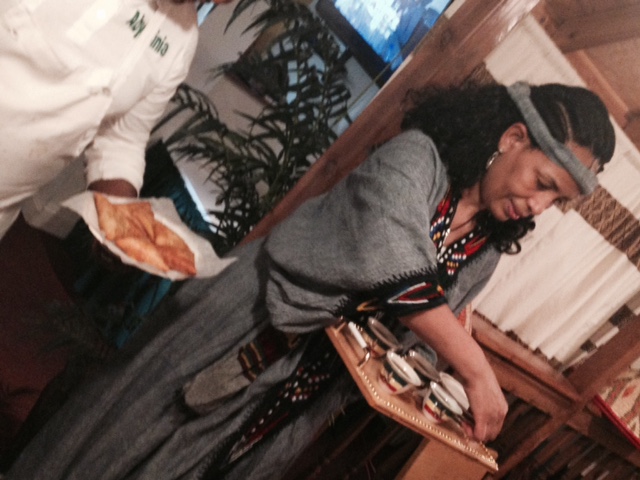These Indiana cities are creating vibrant cultural communities
By Benjamin Cooley
Over the past two decades, Indiana has evolved into a multicultural haven for immigrants and refugees. More recently, the American Community Survey reported a 61.6 percent increase in foreign-born residents from 2000 to 2013, with Mexican nationals making up an approximate 36.6 percent of the total foreign-born population. Many immigrants see a new life in Indiana as their best hope for a successful future. And while the final destinations of these people vary, a few Indiana areas stand out for their response to new populations.
Marion County & the Northwest side
There are over 86,000 Latinos in Marion County, according to the most recent U.S. census data. Of the total population in Marion County, about 8.5 percent are immigrants, compared to just 4.8 percent for the state of Indiana. In particular, the Northwest side of Indianapolis seems to have been particularly affected by this influx of immigrants. In 1997, resident Mary Clark started to notice a change in her neighborhood.
“I was used to a black and white Indianapolis. But then I saw this big influx of the Hispanic community coming in.” She says at first she didn’t know what to think, but after interacting with her new neighbors at her previous job with National City Bank, Clark had a change of heart, along with an added burst of inspiration.
Almost two decades later, Clark has excelled as the executive director and founder of the International Marketplace Coalition, a not-for-profit organization devoted to the economic development and diversity of the Northwest side of Indianapolis. Through her organization she has helped dozens of business owners from Latin America, Africa, India and East Asian countries build successful businesses in the community. The International Marketplace Coalition area now contains over 70 ethnic restaurants, 40 specialty markets and over 700 total ethnic businesses serving the neighborhood.
“Our goal is to take what’s happening on the inside of businesses and take it to the outside,” said Clark. “Most are immigrants to Indiana wanting a better life for their families, just like the rest of us. I think we’ve done a good job of embracing our immigrant brothers and sisters here.”
South Bend
Outside of Indy, similar trends emerge. South Bend contains over double the percentage of Latino residents than the state average at 13 percent of the city population. In addition, the rate of foreign-born residents beats the state average by nearly three percent. The first major wave of Latino immigrants arrived in the 1940s, around the time when many of the original Polish immigrants to the city began moving out to the suburbs. Due to the solid infrastructure left by the Poles in the early 1900s, Latino immigrants began moving into built-up neighborhoods and forming new ethnic enclaves, or geographic cultural communities, on the west side.
 Over the years, the community has welcomed many new businesses to serve this ethnic enclave and its Latino residents. La Rosita Paleteria y Neveria, a homemade popsicle and ice cream shop on Western Avenue, serves iced treats inspired by the owner’s old family restaurant in her hometown of Durango, Mexico. Another shop called El Paraiso provides specialty groceries directly from Mexico to residents looking for ingredients needed for traditional Latino dishes.
Over the years, the community has welcomed many new businesses to serve this ethnic enclave and its Latino residents. La Rosita Paleteria y Neveria, a homemade popsicle and ice cream shop on Western Avenue, serves iced treats inspired by the owner’s old family restaurant in her hometown of Durango, Mexico. Another shop called El Paraiso provides specialty groceries directly from Mexico to residents looking for ingredients needed for traditional Latino dishes.
Terre Haute
Similarly to South Bend, Terre Haute also contains a noticeable community of Latino immigrants. The biggest increase in the immigrant population occurred more recently between 2000 and 2010. According to Jeff Lorrick, a director of human relations for the Terre Haute Mayor’s Office, the transition has been a smooth one.
“Our community is making the necessary adjustments to welcome and embrace our Hispanic population,” said Lorrick. “We want to be welcoming and inclusive to whoever comes to our city.”
Many of the recent immigrants have found jobs with private construction contractors or manufacturing plants. In addition, some churches and other religious organizations have begun offering services specific to the Latino community. Grace Community Church of Terre Haute has even introduced a dual service for English and Spanish speakers to be able to worship together while each hearing the sermon in their own language.












